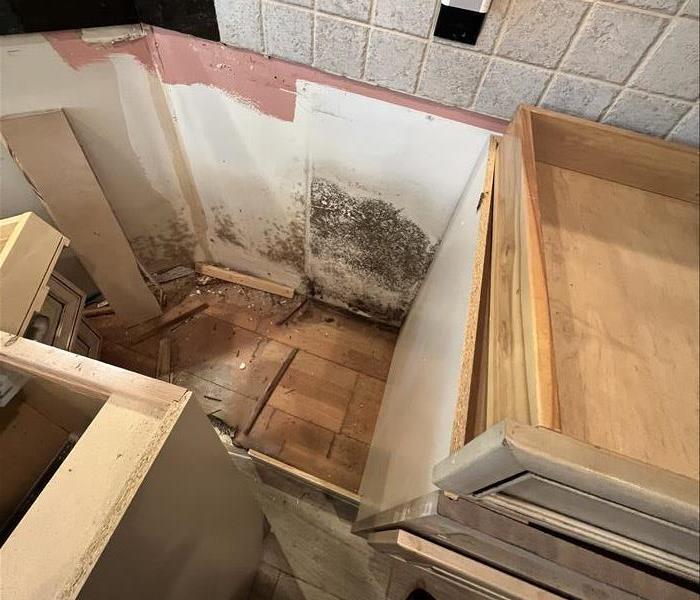How Does Humidity Lead to Mold?
11/12/2024 (Permalink)
Mold can be a major problem for homeowners, and one of the biggest causes is humidity. Knowing how humidity affects mold growth can help you prevent mold from becoming an issue in your home. In this blog, we’ll explain the connection between humidity and mold, and share some easy tips to keep your home mold-free.
How Does Humidity Lead to Mold?
Mold needs moisture to grow, and high humidity provides the perfect conditions. When the air in your home has too much moisture, it creates damp areas where mold can thrive. Mold spores, which are always present in the air, settle on these moist surfaces and begin to grow.
The ideal humidity range for homes is between 30% and 50%. If humidity levels go above 60%, the chances of mold growth increase significantly. According to the Environmental Protection Agency (EPA), keeping indoor humidity below 60% is key to preventing mold growth.
Signs of Too Much Humidity in Your Home
If you're worried your home may have high humidity, look for these signs:
- Condensation on windows: Frequent condensation can mean the air inside is too humid.
- Musty odors: A persistent musty smell in places like basements or bathrooms often points to excess moisture.
- Water stains: Discoloration on walls, ceilings, or floors can indicate moisture buildup from high humidity.
How to Check Your Home's Humidity
A great way to find out if your home’s humidity is too high is by using a hygrometer. This small device measures humidity levels and can be found at most hardware stores. Checking humidity in rooms like the bathroom, kitchen, or basement regularly can help you prevent mold.
Tips to Prevent Mold by Controlling Humidity
Once you understand how humidity affects mold growth, there are simple steps you can take to keep your home’s humidity levels in check:
1. Use Dehumidifiers
Dehumidifiers help remove moisture from the air, especially in damp areas like basements or crawl spaces. They are one of the most effective tools for reducing humidity and preventing mold growth on walls, floors, and other surfaces.
2. Ventilate Rooms with High Moisture
Proper ventilation is key in preventing moisture buildup. Use exhaust fans in bathrooms, kitchens, and laundry rooms to remove moisture and keep the air dry. This will help lower the overall humidity in your home.
3. Fix Leaks Right Away
Leaky pipes, windows, or roofs can lead to hidden water damage and create areas where mold can grow. Even small leaks can cause big moisture problems, so it’s important to fix them as soon as they appear.
4. Clean Your Gutters
Clogged gutters can cause water to pool around your home, leading to damp conditions inside. Regularly cleaning and maintaining your gutters will help prevent water from seeping into your walls and creating a mold-friendly environment.
5. Monitor Indoor Plants
While houseplants can improve indoor air quality, they also release moisture. If you have a lot of plants, keep an eye on the humidity levels in your home and avoid overwatering them to prevent excess moisture.
Why Choose SERVPRO® for Mold Issues?
SERVPRO of Ft. Lauderdale South specializes in mold prevention and remediation. If you're dealing with high humidity or mold in your home, our team can help. We’ll assess your home's moisture levels and take the necessary steps to stop mold from growing before it turns into a bigger problem.






 24/7 Emergency Service
24/7 Emergency Service